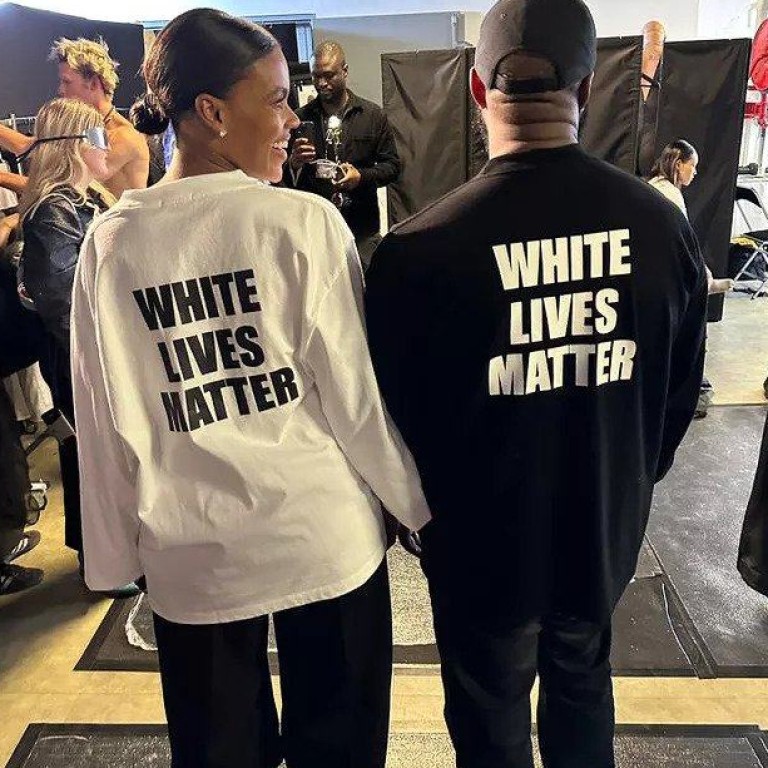
Kanye West’s ‘White Lives Matter’ shirts show fashion and politics often go hand in hand – and they have done for most of history
- Fashion has often been used to make political statements throughout history, dating all the way back to Ancient Roman laws that dictated who could wear what
- We take a look at several stand-out moments where sartorial choices were made with politics in mind, from a ‘hug a hoodie campaign’ to the wearing of the hijab
Fashion and politics have been intertwined since ancient times, when Roman Sumptuary Laws dictated which citizens were allowed to wear what. There have been countless examples of similar statutes in the years since, such as during the French Revolution (1789-1799) when the extravagance of the aristocracy was outlawed.
In more recent examples, the US Civil Rights Movement (1954-1968) had a dress code asking protesters to wear their “Sunday Best”, while the political organisation the Black Panther Party (1966-1982) adopted black berets and leather jackets.
Here are six moments throughout recent history that have indelibly linked fashion and politics together.
1. Brazil’s football shirt
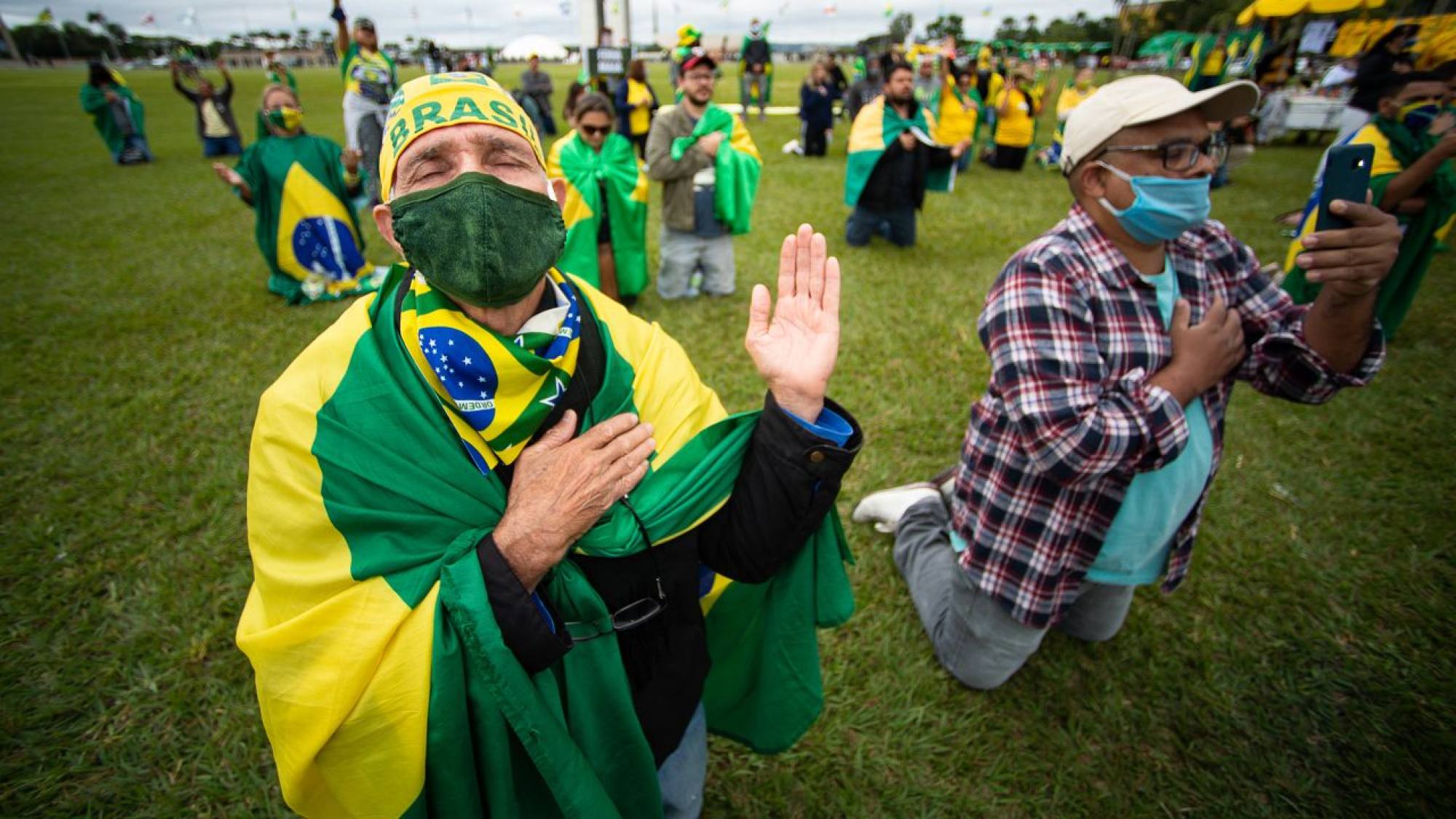
A recent study by Brazilian university Ibmec revealed that one in five Brazilians will no longer wear the shirt for political reasons, while Nike – the manufacturer of the national football team’s current strip – has banned buyers from putting Bolsonaro’s or his election rival Lula’s names on the back of one.
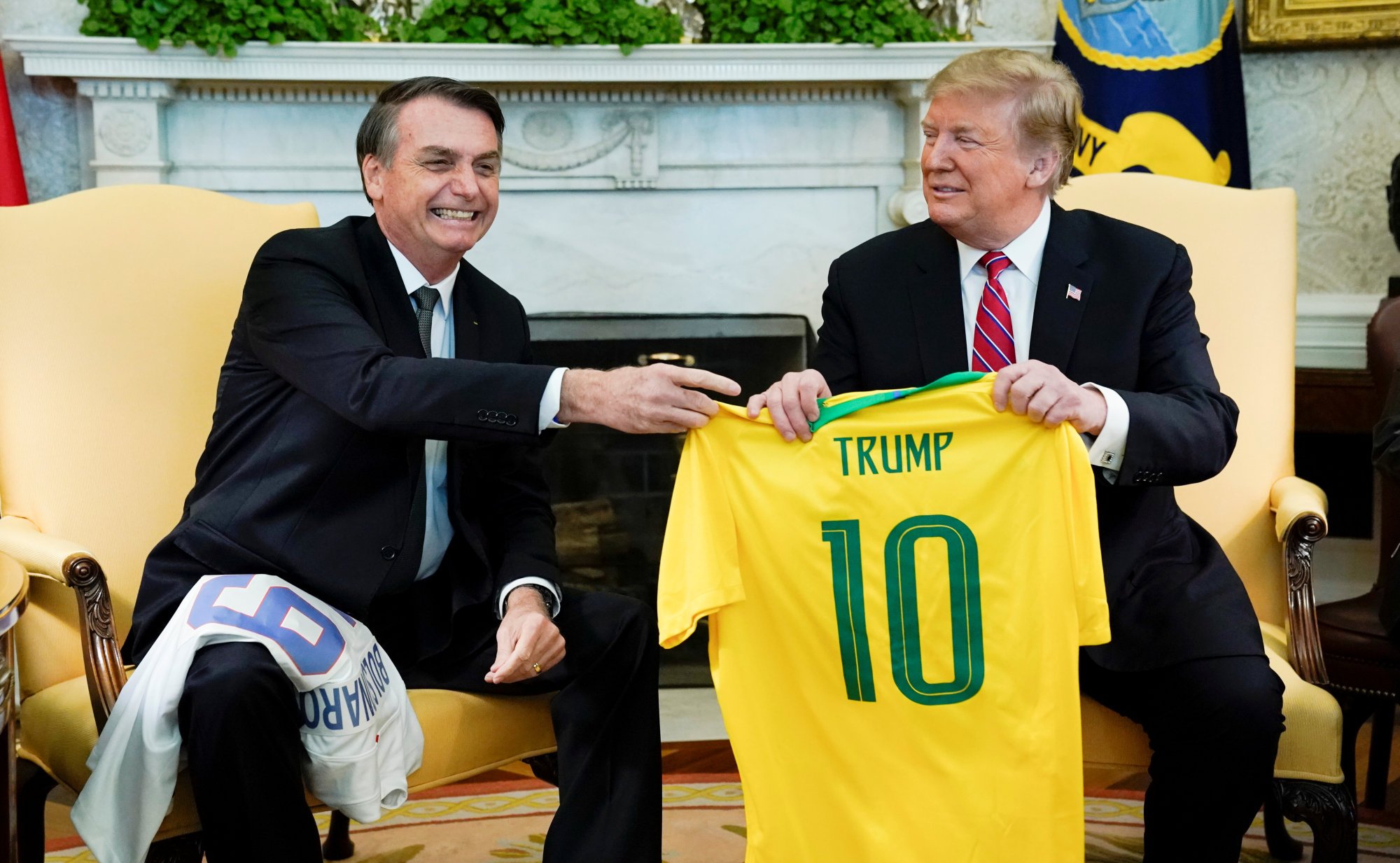
While some want to reclaim the jersey for football, others have called for Brazil to drop the famous canarinho – or “little canary” – design altogether for the country’s previous colours of blue and white. These colours were reprised by Nike for the 2019 Copa America international football tournament.
Brazil are set to wear the famous yellow in Qatar next month for the 2022 Fifa World Cup.
2. Slogan T-shirts

British designer Katharine Hamnett is credited with creating the slogan T-shirt – she even wore one, with an anti-missile message, to meet then-British Prime Minister Margaret Thatcher in 1984.
Kanye West’s “White Lives Matter” shirt, which he wore at his Yeezy runway show in Paris this year, is controversial even for him.
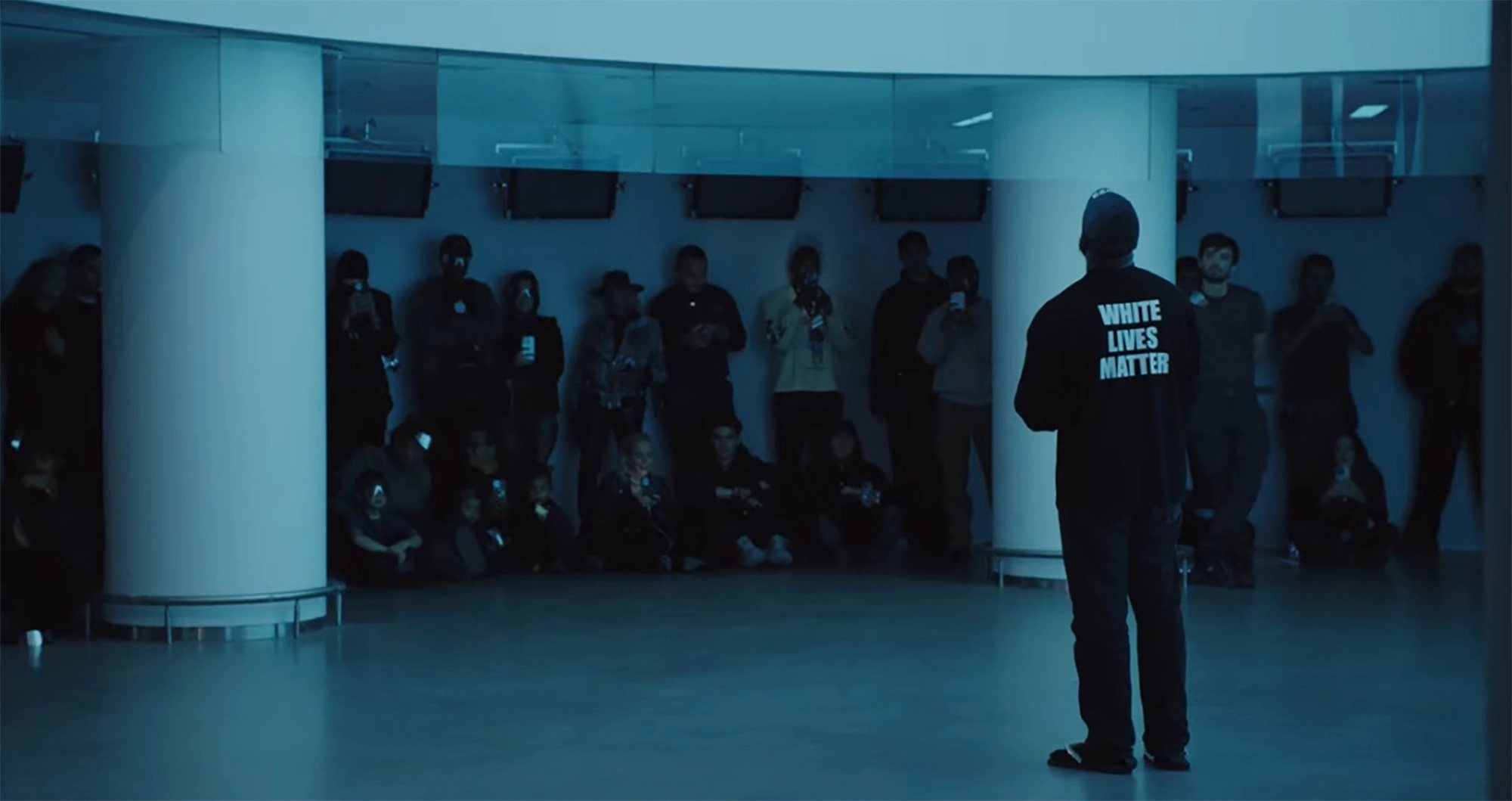
3. The hoodie
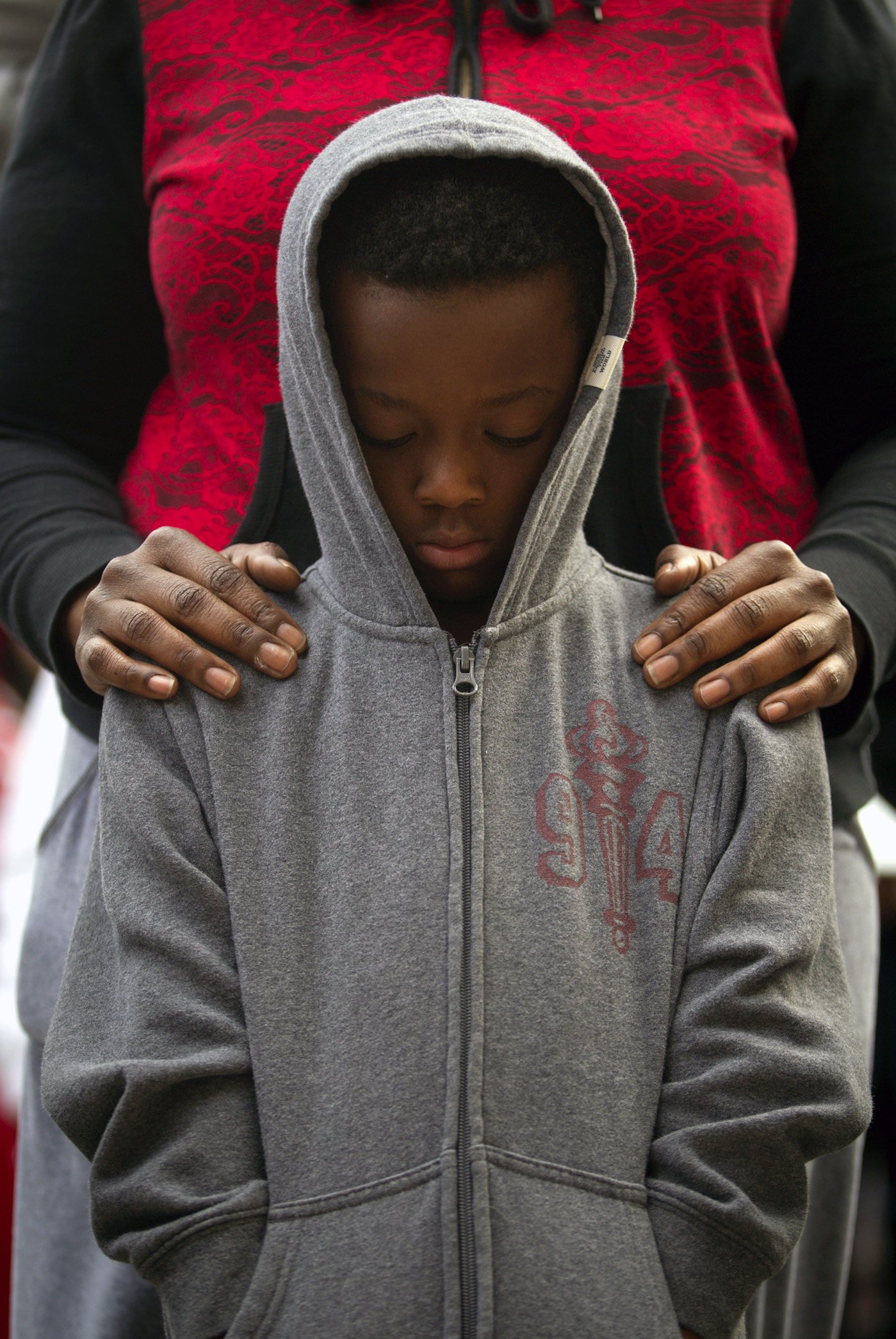
Silicon Valley’s unofficial uniform top has gained political impact in recent years.
In 2006, when then-UK Conservative Party leader David Cameron announced his “hug a hoodie” campaign in Britain, it was a reaction to the number of bans on young people wearing hooded sweatshirts in public spaces – itself a reaction to the association of the clothing item to crime and antisocial behaviour.
In 2016, The New York Times ran headlines on “The Politics of the Hoodie”. That year’s US football play-offs saw Carolina Panthers quarterback Cam Newton called a “thug” for wearing a hoodie during interviews.
4. The Fred Perry polo

“Fred Perry does not support and is in no way affiliated with the Proud Boys,” the brand wrote in a statement on its US website. “It is incredibly frustrating that this group has appropriated our Black/Yellow/Yellow twin tipped shirt and subverted our Laurel Wreath to their own ends.”
Other brands, such as sports shoe and apparel company New Balance, have also found themselves linked to far right groups in recent years.
5. All black and all white
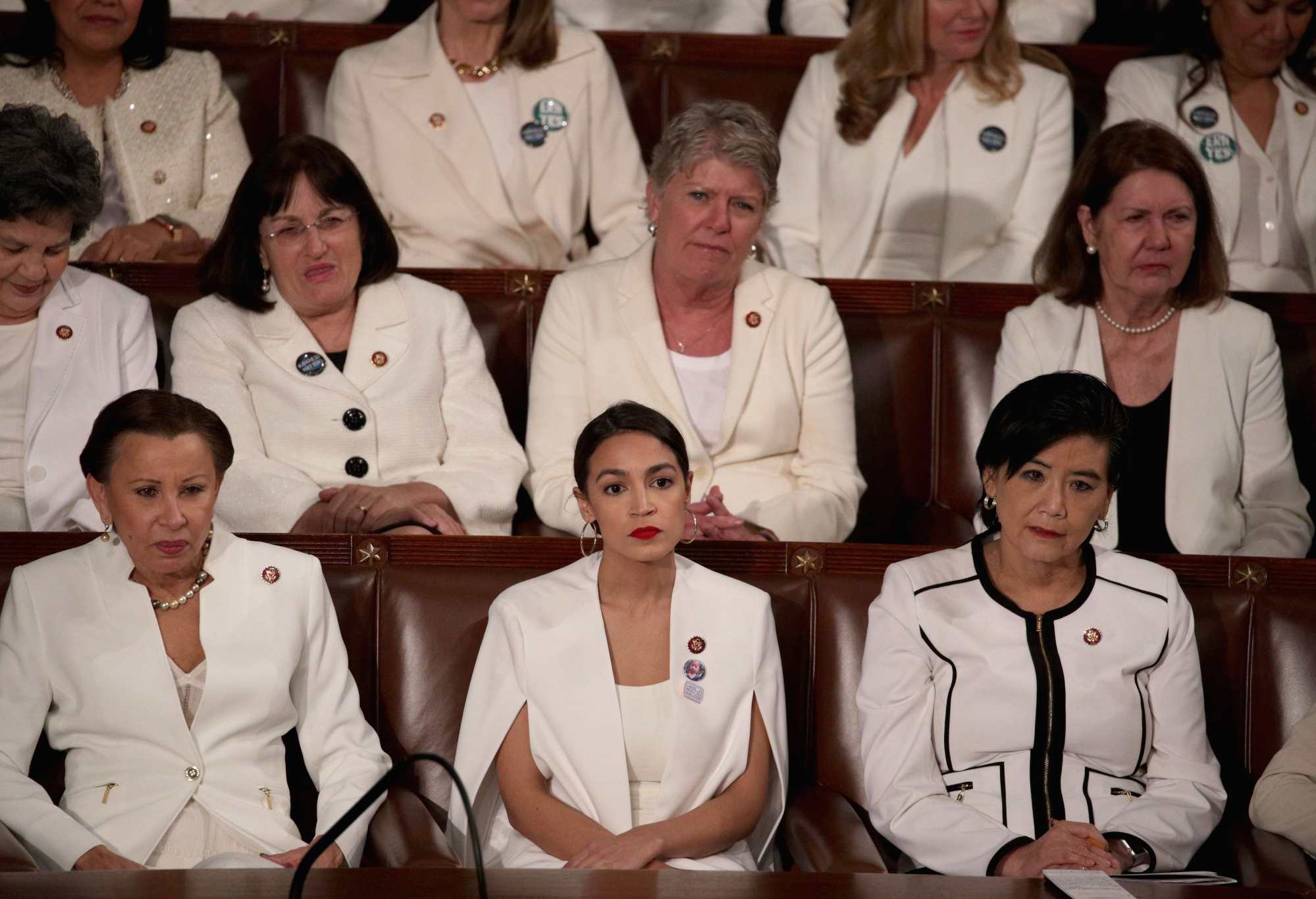
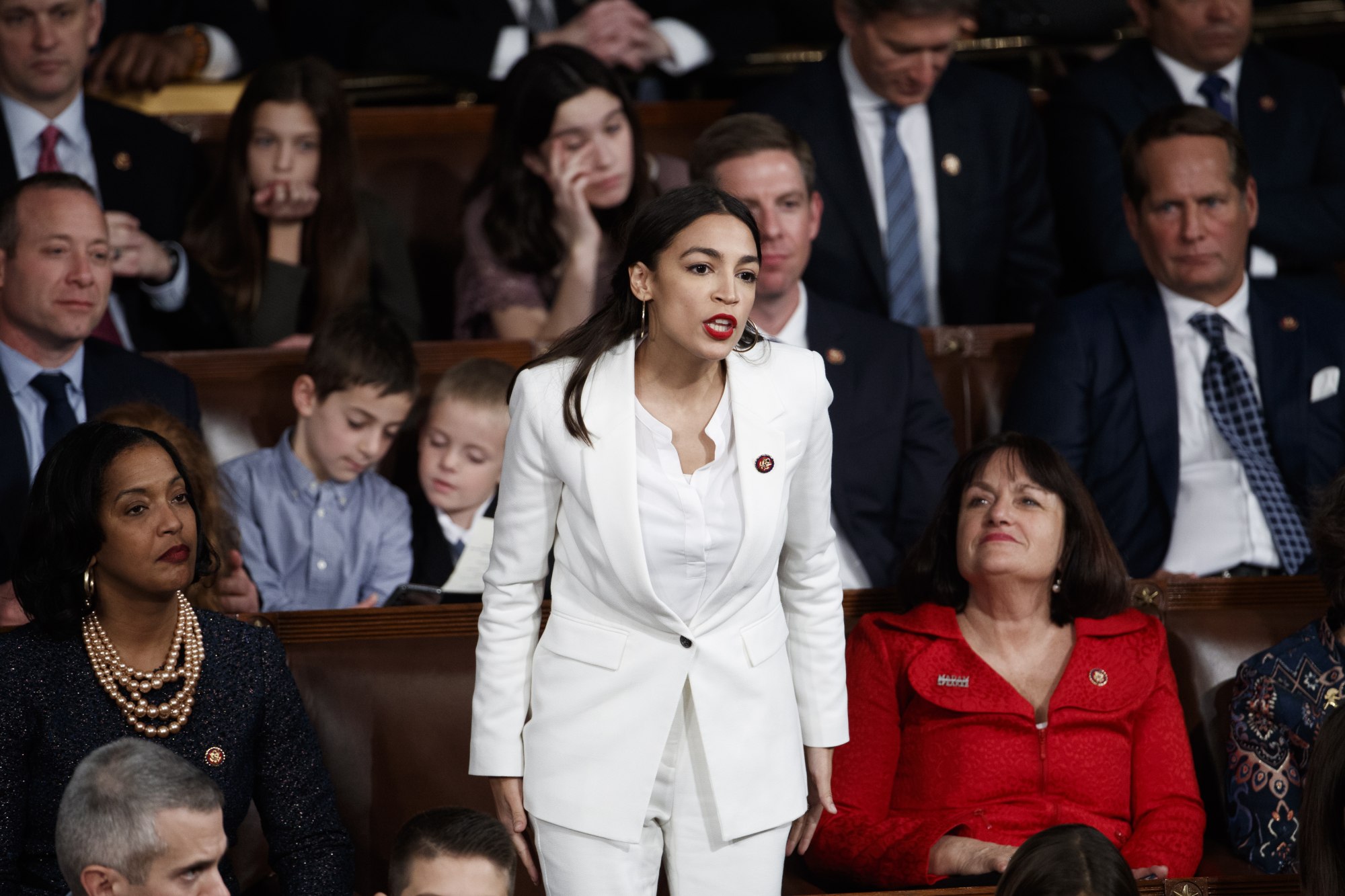
“I wore all-white today to honour the women who paved the path before me, and for all the women yet to come,” tweeted US politician Alexandria Ocasio-Cortez when she was sworn in as a congresswoman in January 2019. “From suffragettes to Shirley Chisholm, I wouldn’t be here if it wasn’t for the mothers of the movement.”
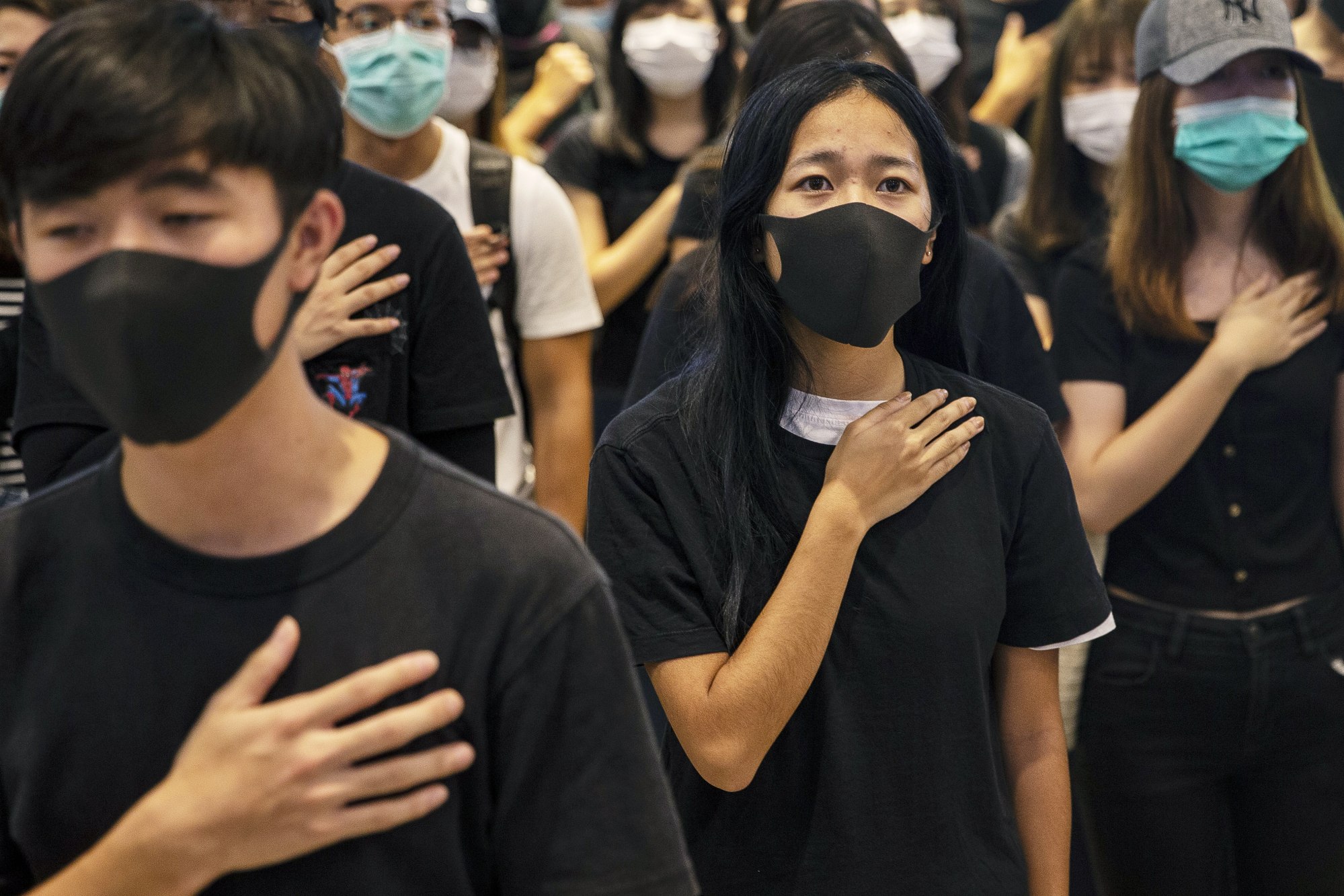
The monochromatic uniform of the Black Panthers provided the inspiration for Beyoncé’s halftime show during the 2016 Super Bowl, which determines the champion of the National Football League in the US.
Black shirts have been linked with various causes, ranging from European fascism to the Hong Kong anti-government protests of 2019.
6. Headscarves
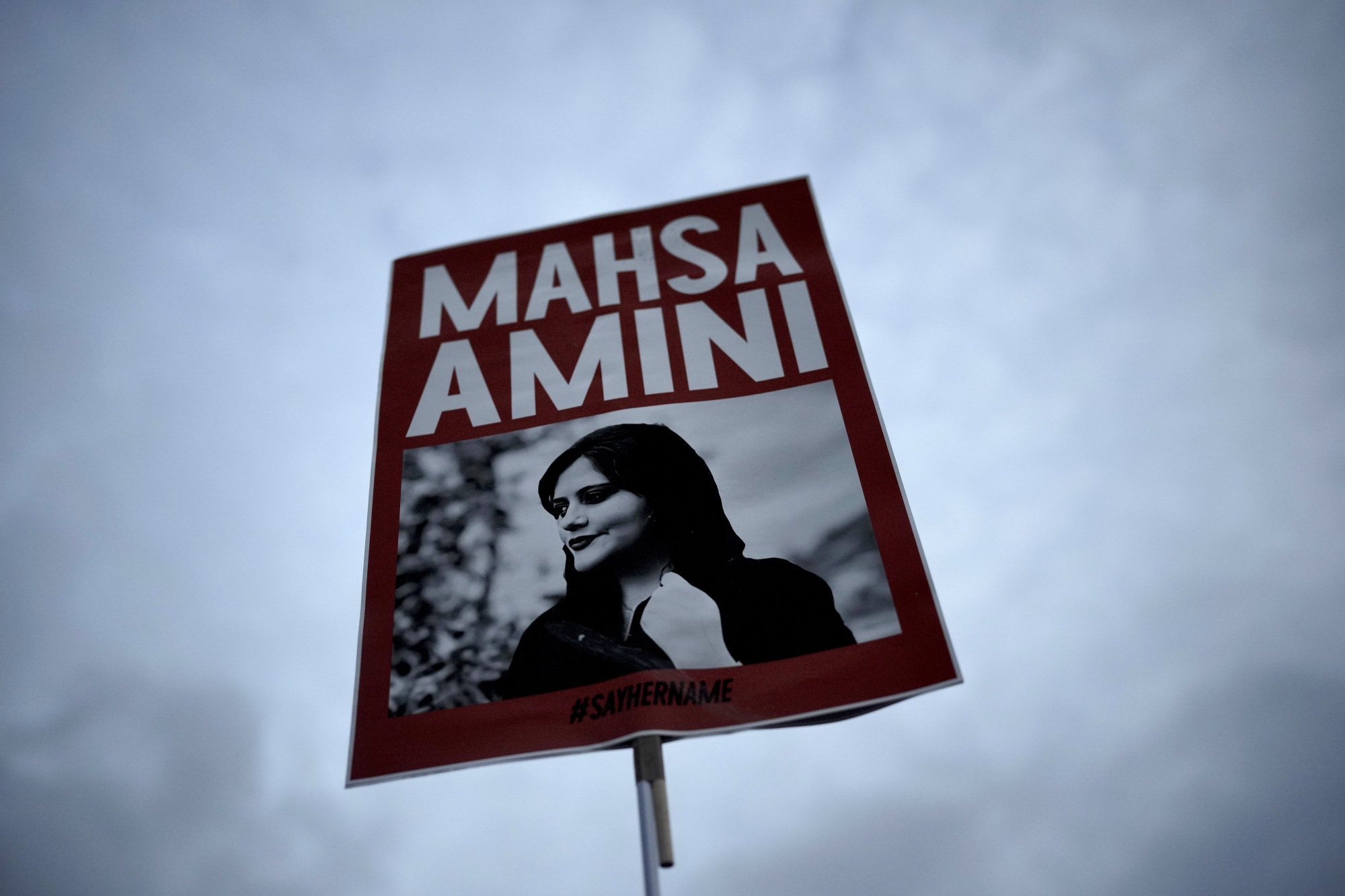
Iran is currently gripped by countrywide protests after 22-year-old Mahsa Amini died in a hospital under suspicious circumstances in September.

Religious headgear has proved controversial in sport, with Fifa and basketball body Fiba only allowing their use during play in recent years.
Even that has not been without controversy – Muslim-American writer and activist Hoda Katebi has called for a boycott of Nike amid ethical concerns on her fashion blog, Joojoo Azad.

